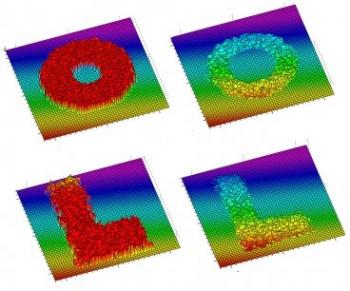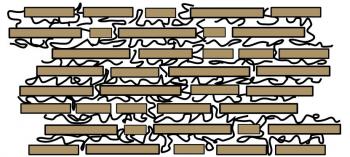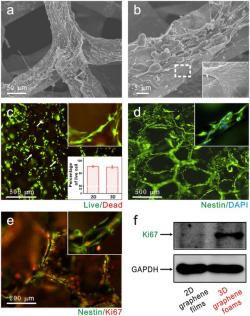UK's graphene research may be the target of cyber attacks, warns the MI5
The MI5 has warned UK Universities that their research is the target of cyber attacks (apparently by Russia and China) and they should defend it. It especially says that graphene and Quantum computing technologies research are possible targets.
 National Graphene Centre (simulated)
National Graphene Centre (simulated)
UK's Manchester University, where graphene was first isolated and researched is now building the national graphene institute (NGI) with an estimated cost of about £38 million. The University of Cambridge also announced plans to establish a new center for graphene research, which will be called The Cambridge Graphene Centre (CGC).





